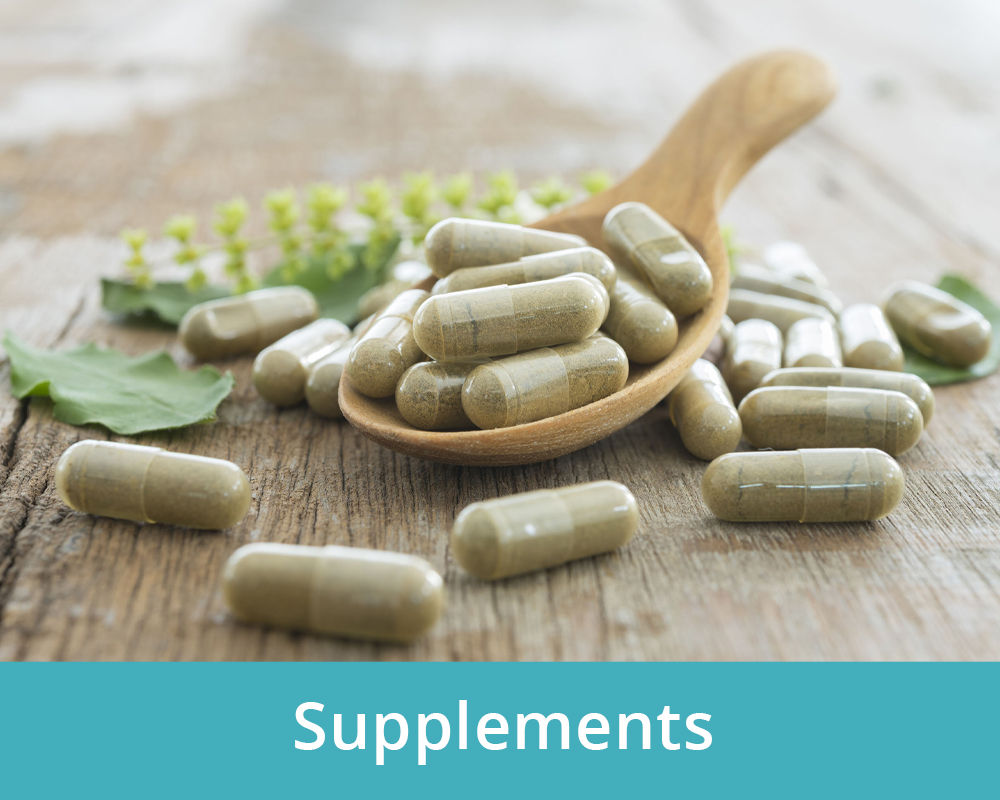
Ozempic: A Game-Changer or Just Hype? Pros and Cons of this Popular Drug

Ozempic, also known by its generic name semaglutide, has become a household name in recent years. Originally approved for managing type 2 diabetes, it has gained massive attention for its impressive weight loss effects. But with all the buzz, it’s important to look at both the benefits and risks.
So, is Ozempic a breakthrough medication—or just another trend with hidden downsides? Let’s take a closer look, using the latest research to guide us.
What Is Ozempic and How Does It Work?
Ozempic is a GLP-1 receptor agonist—a fancy term for a drug that mimics a natural hormone in your body called GLP-1. This hormone helps regulate blood sugar, makes you feel full, and slows how fast food leaves your stomach. That combination can lead to better blood sugar control and, in many cases, significant weight loss.
It’s given as a once-weekly injection, and it’s also related to Wegovy, which is approved specifically for weight loss.
The Benefits of Taking Ozempic
- Weight Loss
One of the biggest reasons people talk about Ozempic is its impact on weight. In a large clinical trial called STEP-1, participants lost an average of 15% of their body weight over about 68 weeks (Wilding et al., 2021, New England Journal of Medicine). That’s significantly more than what’s typically seen with diet and exercise alone.
A recent 2024 meta-analysis reviewing data from over 7,000 people also showed average weight loss of about 7.5 kg (over 16 pounds) compared to placebo.
- Better Blood Sugar Control
Originally designed for type 2 diabetes, Ozempic helps lower blood sugar by increasing insulin when you need it and reducing the hormone glucagon, which raises blood sugar. Studies from the SUSTAIN trial series found that people saw a drop in HbA1c (a marker of long-term blood sugar) by up to 1.8%.
- Heart Health Benefits
The SUSTAIN-6 trial found that people with type 2 diabetes who were at high risk for heart disease had a 26% lower risk of major heart problems, including heart attack and stroke. More recently, the SELECT trial (2023) showed that even people without diabetes but with heart disease lost weight and reduced their risk of death and cardiovascular events.
- Anti-Inflammatory Effects
Emerging research suggests that semaglutide might also reduce inflammation—linked to diseases like Alzheimer’s, fatty liver disease, and even some cancers. A 2024 article in Time magazine highlighted how GLP-1 drugs could play a role beyond diabetes and weight loss.
The Risks and Side Effects of Ozempic
While the benefits are impressive, Ozempic isn’t risk-free.
- Digestive Problems
The most common side effects include:
- Nausea
- Vomiting
- Diarrhea
- Constipation
These often happen when you first start the medication or increase the dose, but they usually improve over time. According to clinical trials, nausea affects up to 36% of users, though for most, it’s manageable.
- Risk of Pancreatitis
There have been reports of pancreatitis (inflammation of the pancreas) in some people taking Ozempic. While the risk appears low, the UK’s Medicines and Healthcare products Regulatory Agency (MHRA) is investigating over 500 reported cases, including a few deaths.
- Eye Problems
One concern is worsening diabetic eye disease (retinopathy). In one study (SUSTAIN-6), some people with pre-existing eye issues experienced worsening symptoms, especially when their blood sugar dropped too quickly.
More recently, a U.S. study found a possible link to a rare eye condition called non-arteritic anterior ischemic optic neuropathy (NAION)—which can cause sudden vision loss. Although rare, it’s something doctors are watching closely.
- Gallbladder Issues
Some people develop gallstones while on Ozempic. In one study, about 1.5% of participants on a 0.5 mg dose developed gallbladder problems, which may relate to how the drug affects digestion and fat metabolism.
- Muscle Loss
There’s growing concern that some of the weight loss caused by Ozempic may come from lean muscle, not just fat. A 2023 study published in The Lancet found that up to 40% of the weight loss from semaglutide might be muscle loss if users don’t incorporate resistance training and adequate protein into their routine.
- Thyroid Concerns
Animal studies showed that semaglutide could increase the risk of a rare type of thyroid cancer (medullary thyroid carcinoma). While this hasn’t been proven in humans, the FDA included a warning, and people with a family history of thyroid cancer should avoid Ozempic.
Who Should (and Shouldn’t) Consider Ozempic?
Ozempic may be a good option for you if:
- You have type 2 diabetes that isn’t well-controlled
- You’re struggling with obesity and have health risks like high blood pressure or cholesterol
- You’ve tried diet and exercise but need more support
Ozempic is NOT recommended if:
- You have a history of medullary thyroid cancer or Multiple Endocrine Neoplasia syndrome
- You have severe gastrointestinal issues or a history of pancreatitis
- You are pregnant or breastfeeding
It’s also important to talk to your doctor about your eye health, family medical history, and whether you’re willing to commit to lifestyle changes alongside the medication.
Lifestyle Still Matters
While Ozempic can be powerful, it works best when paired with healthy habits. Experts recommend:
- Eating a high-protein diet to preserve muscle mass
- Doing resistance training at least 2–3 times per week
- Staying hydrated and managing stress
- Regular follow-ups with your healthcare team
What About After You Stop Taking It?
One big question is: what happens when you stop Ozempic? Studies show that most people regain the weight once they stop taking it—often within a year. This suggests that for many, Ozempic might be a long-term commitment.
That’s why it’s so important to build sustainable habits during treatment. It’s not just about losing weight—it’s about keeping it off.
Final Thoughts: Is Ozempic Worth It?
Ozempic is a powerful tool for weight loss and diabetes management. For many, it offers life-changing results: better blood sugar, reduced heart risks, and significant weight loss. But like any medication, it’s not for everyone.
If you’re considering Ozempic, talk to your doctor about:
- Your personal health risks
- How to manage side effects
- What kind of monitoring you’ll need
- Whether you’re ready for a long-term plan
In short: Ozempic can be a game-changer—but it’s not a magic fix. With the right support and lifestyle, it could be a big step toward better health.
Sources:
- Wilding JPH, et al. (2021). Once-Weekly Semaglutide in Adults with Overweight or Obesity. New England Journal of Medicine.
- Marso SP, et al. (2016). Liraglutide and Cardiovascular Outcomes in Type 2 Diabetes. New England Journal of Medicine.
- Douros A, et al. (2024). Adverse effects of semaglutide: a real-world review. Lancet Diabetes & Endocrinology.
- SELECT trial (2023). Semaglutide and Cardiovascular Outcomes. American Heart Association.
- TIME Health (2024). GLP-1 drugs and inflammation.
- UK MHRA reports on semaglutide side effects (2024).
- Lancet (2023). Muscle loss during weight reduction with GLP-1 receptor agonists.













